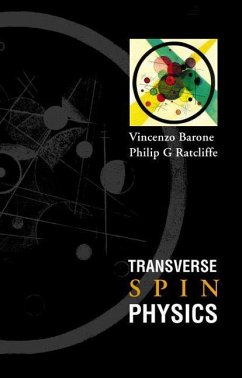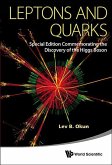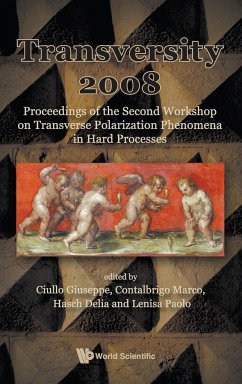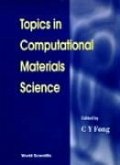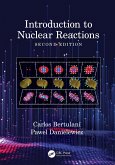This book is devoted to the theory and phenomenology of transverse-spin effects in high-energy hadronic physics. Contrary to common past belief, it is now rather clear that such effects are far from irrelevant. A decade or so of intense theoretical work has shed much light on the subject and brought to surface an entire class of new phenomena, which now await thorough experimental investigation. Over the next few years a number of experiments world-wide (at BNL, CERN, DESY and JLAB) will run with transversely polarised beams and targets, providing data that will enrich our knowledge of the transverse-spin structure of hadrons. It is therefore timely to assess the state of the art, and this is the principal aim of the volume. An outline of the book is as follows. After a few introductory remarks (Chapter 1), attention is directed in Chapter 2 to transversely polarised deeply-inelastic scattering (DIS), which probes the transverse spin structure function g2. This existing data are reviewed and discussed (for completeness, a brief presentation of longitudinally polarised DIS is also provided). In Chapter 3 the transverse-spin structure of the proton is illustrated in detail, with emphasis on the transversity distribution and the twist-three parton distribution contributing to g2. Model calculations of these quantities are also presented. In Chapter 4, the QCD evolution of transversity is studied at leading and next-to-leading order. Chapter 5 illustrates the g2 structure function and its related sum rules within the framework of perturbative QCD. The last three chapters are devoted to the phenomenology of transversity, in the context of DrellYan processes (Chapter 6), inclusiveleptoproduction (Chapter 7) and inclusive hadroproduction (Chapter 8). The interpretation of some recent single-spin asymmetry data is discussed and the prospects for future measurements are reviewed.

